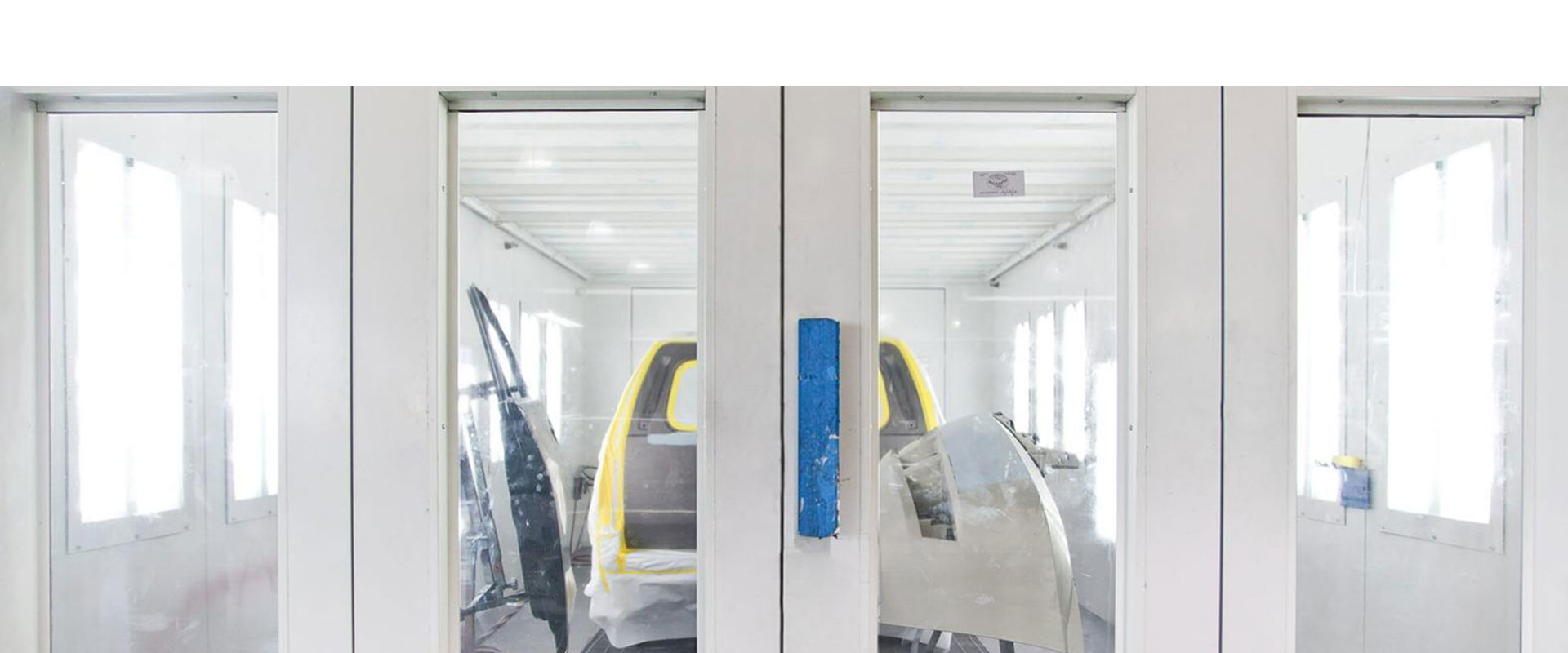
Accident Tips
Emergency Kit
We recommend following guidelines developed by the Consumer Protection Association of America. They begin with a wise step to take before there’s an accident: Keep a simple emergency kit in your glove compartment; it should include a pen and paper, a card with information about any medical conditions or allergies that may require special attention, and a disposable camera if you don’t have a cellphone camera. It is also wise to keep a set of warning triangles, emergency flares, or cones in the trunk. Here are the after-accident guidelines:
1. Keep Safety First
Drivers involved in minor accidents with no serious injuries should move their cars to the side of the road and out of the way of traffic. If a car cannot be moved, the driver and passengers should remain in the car with seat-belts fastened until help arrives. Turn on hazard lights and, if possible, set out cones, flares, or warning triangles.
2. Exchange Information
Exchange name, address, phone number, insurance company, policy number, driver license number, and license plate number for the driver and owner of each vehicle. If the driver’s name is different from the name of the insured, establish what the relationship is, and take down the name and address of each individual. Make a written description of each car, including year, make, model, and color. Write down the exact location of the collision and how it happened. Be polite, but don’t tell the other drivers or the police that the accident was your fault, even if you think it was.
3. Photograph and Document the Accident
Photograph the damage to all the vehicles, and photograph the overall context of the accident. If there were witnesses, try to get their contact information; they may be able to help you if other drivers dispute your version of what happened.
4. File an accident report
Although law enforcement officers in many locations may not respond to accidents unless there are injuries, drivers should file a state vehicle accident report, which is available at police stations and often on the Department of Motor Vehicles website. A police report often helps insurance companies speed up the claims process.
5. Know what your insurance covers.
The whole insurance process will be easier if you know the details of your coverage. For example, don’t wait until after an accident to find out that your policy doesn’t automatically cover costs for towing or a replacement rental car. Generally, for only a dollar or two extra each month, you can add coverage for rental car reimbursement. Check your policy for specifics.
6. Think twice before agreeing not to file insurance claims.
After minor accidents, drivers sometimes decide to handle the damages themselves. This isn’t always the best idea. While the other driver may agree to pay for the damage to your car on the day of the accident, he may see the repair bill and decide it’s too high. At this point, your insurance company will have more difficulty piecing together the evidence if you file a claim. Also, you have no way of knowing whether another driver will change his mind and report the accident to his insurance company. He may even claim injuries that weren’t apparent at the scene of the accident. This means your insurance company may end up paying a hefty settlement or, worse yet, you could be dragged into a lawsuit. The safest course is to make sure your insurance company has your version of what happened.
